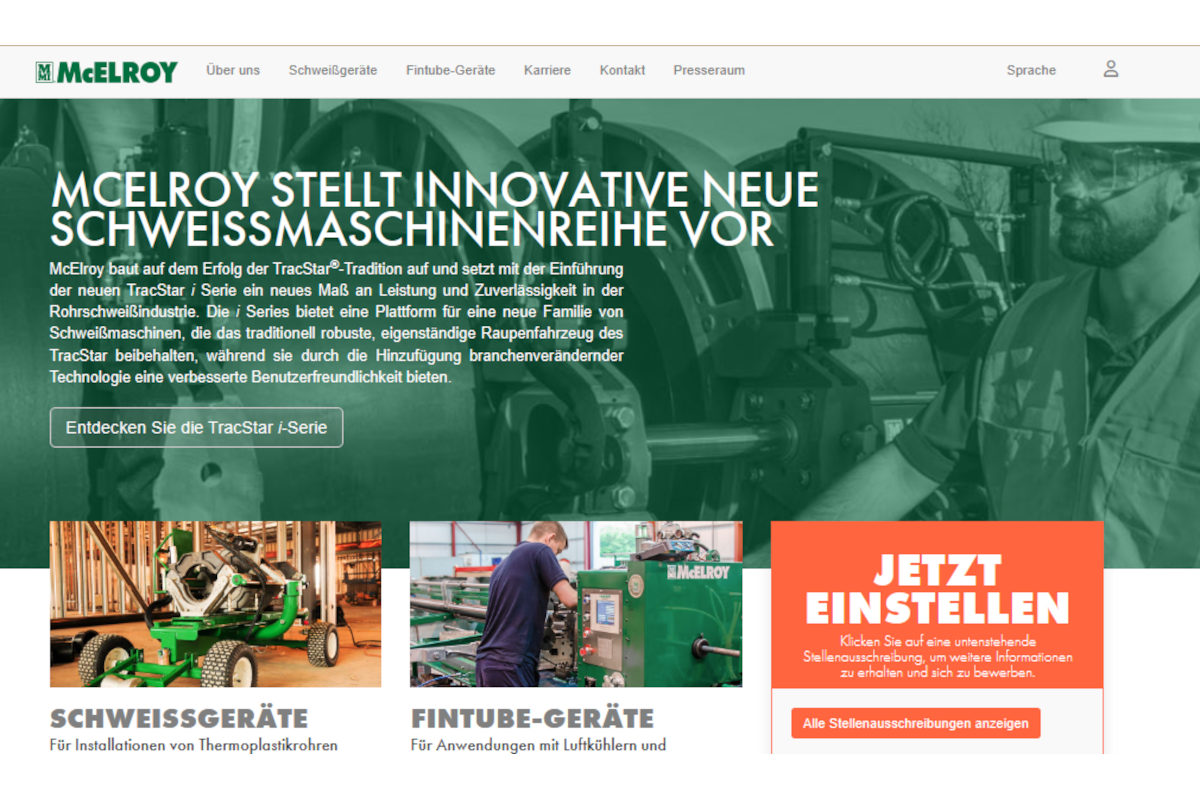Sewer rehabilitation at IFAT ENTSORGA 2012: Markets Worth Billions in Public and private Pipes
December 28, 2011
Sewer rehabilitation sector at IFAT ENTSORGA has grown. All companies important to the sector have registered for the event Although not a popular subject, it is nevertheless essential. We are talking about sewer rehabilitation – a topic that, even if it takes place “underground,” is very important to local authorities, and also to the next IFAT ENTSORGA, which is taking place from May 7-11, 2012, at the new Munich Trade Fair Center in Munich.Everything to do with injection, relining, insertion and coating processes, plus pipe leak tightness tests and sewer inspection equipment will be displayed on a total of 16,000 sq m of exhibition space.
Almost one fifth of all stretches of sewer between inspection stations in Germany have damage requiring short- to medium-term rehabilitation. In order to preserve as much of these major infrastructural facilities as possible, local authorities plan to invest an average of 8,000 euros per year for each kilometer of the sewer network. This was one of the findings in a survey of German cities and municipalities conducted by the German Association for Water, Wastewater and Waste (DWA) in 2009. The results were published at the end of last year in a report entitled “Survey on the condition of the sewer system in Germany 2009.”
The DWA identified a series of trends: when rehabilitating sewers, contracting authorities are focusing increasingly on trenchless procedures. Completely replacing the old sewers is becoming less common; instead it is often the case that only the damaged areas are being remedied. In addition to these one-off repairs, maintenance measures that improve the good working order of the selected segment of sewer overall are still being employed, with relining still by far the main procedure carried out.
According to DWA research, sewer rehabilitation costs per meter for renovation procedures and sewer renewal have risen appreciably. The Association sees one reason for this in higher quality requirements; however in turn these will pay off with greater durability and a longer service life for the rehabilitated sewers.
In addition to the public sewer system another gigantic underground waste water network exists in Germany. This privately operated system is known as the property drainage system. “Damaged and leaking sewers do not just endanger the groundwater, they can also cause very great consequential damage by eroding roads. Too little attention has been paid to this so far,” says Otto Schaaf, DWA President and Board Member of the Cologne Municipal Water Treatment Works.
“In many places there is a touch of the “gold rush” in the business of inspecting and rehabilitating property drainage systems,” reports Roland W. Waniek, Managing Director of IKT, Institute for Underground Infrastructure. “This is largely due to the fact that so far four federal states, Hamburg, Hesse, North-Rhine Westphalia and Schleswig-Holstein, have created legal regulations on leak tightness testing for private sewage pipes.” Under the laws and directives, compulsory initial testing of all property pipes is to take place by 2015 or by 2025. If these regulations were also to apply to the more than 47.5 million buildings in the whole of Germany, this would constitute a huge market volume. “If all connection pipes and main pipes were to be tested for leak tightness according to DIN 1986-30, German property owners alone would have to pay between 14 and 24 billion euros,” calculates Waniek. “If we then assume a damage quota of 70 percent and average rehabilitation costs of 3,000 euros for each building affected, the rehabilitation cost for the whole of Germany would come to just under 100 billion euros.”
In May this year leading figures in the sewerage industry joined together and founded a quality association, “Güteschutz Grundstücksentwässserung,” to protect the quality of property drainage systems. “Our aim is to improve the quality of property drainage systems, and in particular to try and prevent the pollution of groundwater, bodies of water and soil due to leaking systems,” explains the Managing Director of the quality association, certified engineer Dirk Bellinghausen.
For more information, visit www.ifat.de.




